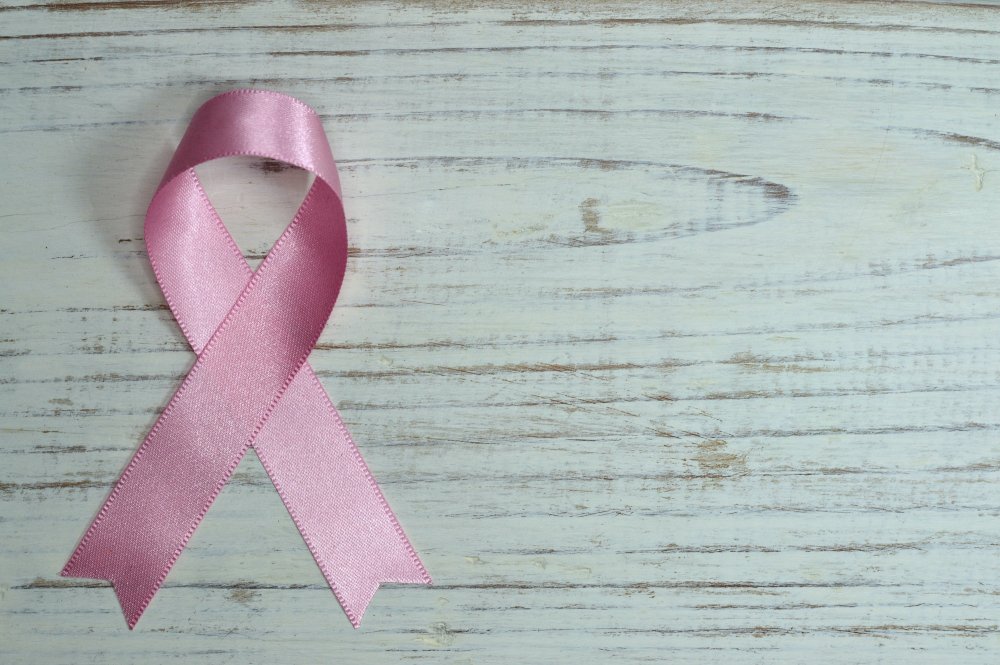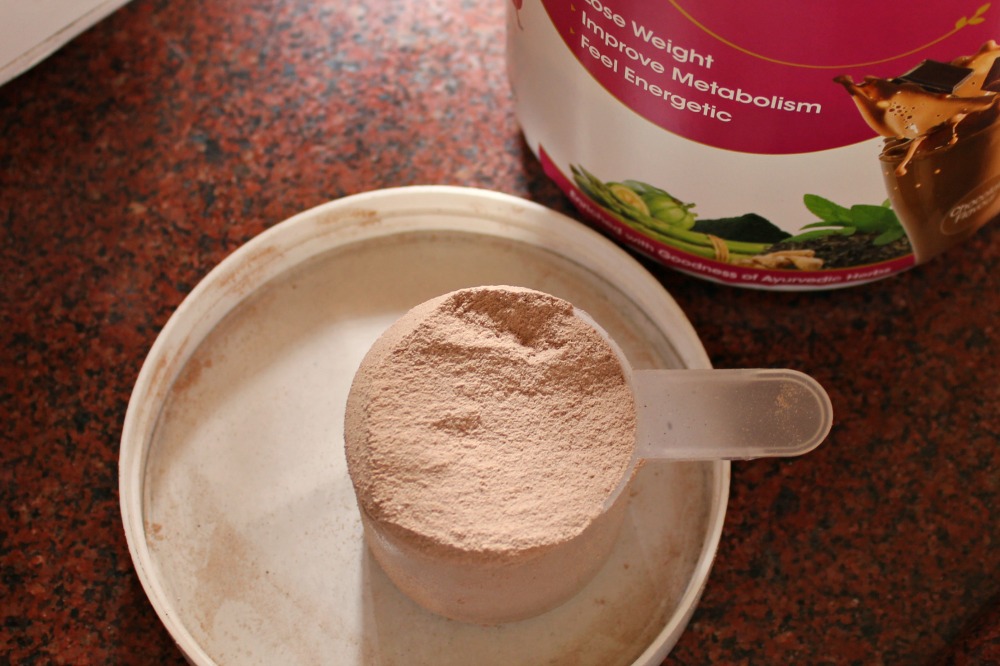
Breast cancer is one of the most common cancers. The earlier it gets detected, better are the chances of survival.
What should you know about Breast Cancer?
Causes of Breast Cancer
As with other cancers, the exact cause is not known. However, there are a few risk factors which might increase your chances of succumbing to this condition.
- Older women are more prone to development of breast cancer.
- Breast cancer and ovarian cancer may be inherited if you carry the particular genes, BRCA1, BRCA2 and TP53.
- Dense breast tissue may be associated with the risk of development of breast cancer. However, this is not confirmed yet. Breast density is always higher when young and it reduces as the female ages but breast cancer is more common in older women so the likelihood of this happening is less. However, dense tissue can hide the lumps or tumor from being detected in the mammogram.
- Being over-weight after menopause increases estrogen levels in the body which may cause breast cancer.
- Hormonal treatments or use of birth control pills can also lead to development of cancer.
How to self-examine your breasts?
The first and foremost step to detecting breast cancer is self-examinations. Pick a date and schedule your monthly self-exams on the same date every month. This will help you detect development or formation of any new lesions or lumps. A quick five minute examination starting from the outer swelling of the breast to the nipple in radial motion gives you a feel of the breast tissue. Upper chest and armpits must also be included in the examination.
Symptoms to Look Out for Breast Cancer
- Pain in the breasts is not a symptom for breast cancer. It can happen due to the hormonal changes and the menstrual cycle when the breasts become tender and sensitive.
- Lumps are symptoms for some unusual activity in your breast tissue. The breast tissue is very grainy and nodular to touch so it is easy to get confused during the self-exams. However, once you get a feel of your breast tissue, it is easy to detect any new lumps or any unusual formations.
- Swelling in your armpit or near your collarbone is also as important to take notice of.
- Take a note of your breasts size and shape. Look out for any changes in their size or shape. One breast might become larger than the other (usually the left breast is a little larger than the right but we are talking about significant changes), there is a significant shape change of your breasts over time (we are not talking of sagging which happens due to the decrease in support to the breast tissue).
- The skin texture on the breasts is another indication. There may be a puckering or dimpling of the skin near the areola. There may be skin inflammation or redness on the breast or formation of rashes or hardening of the skin near the nipples.
- Any unusual discharge from the nipples, especially when you are not pregnant or lactating.
- Your Nipples. Have you observed if they point outward or inward? If there is a change in their direction of pointing or shape, it is something you want to talk to your doctor about.
- There may be changes in your breasts around the time of your periods, during your time of conception when you get pregnant and during menopause. Just to be on the safer side, you can discuss them with your doctor.
So, make sure you do regular self-exams to understand how your breasts look and feel so that any changes are easier to detect. Most of the changes and symptoms are related to benign conditions which is not cancerous. However, there is now an increasing rate of survival of breast cancer patients. Make sure to detect any change before it gets worse.





Leave a Reply